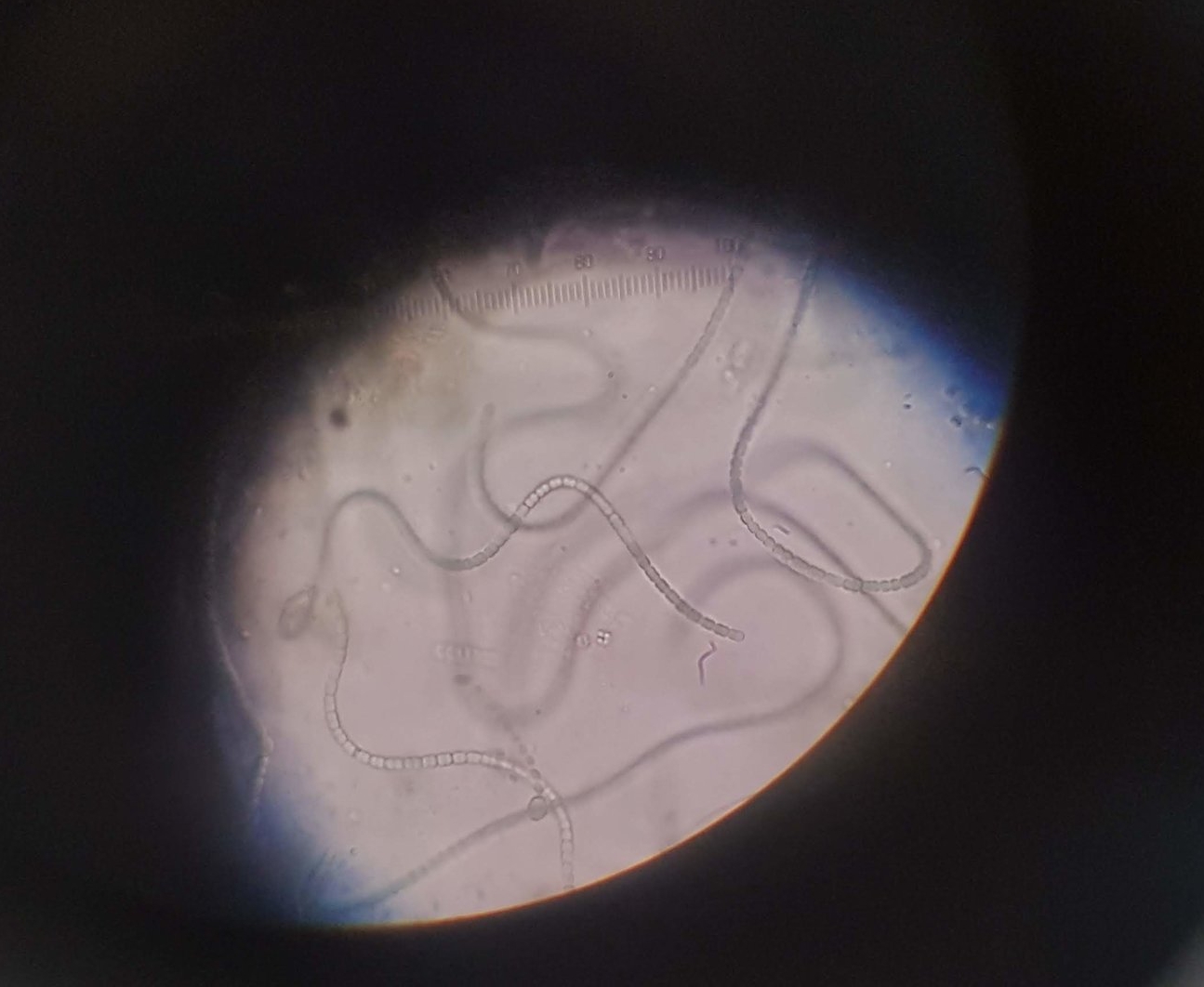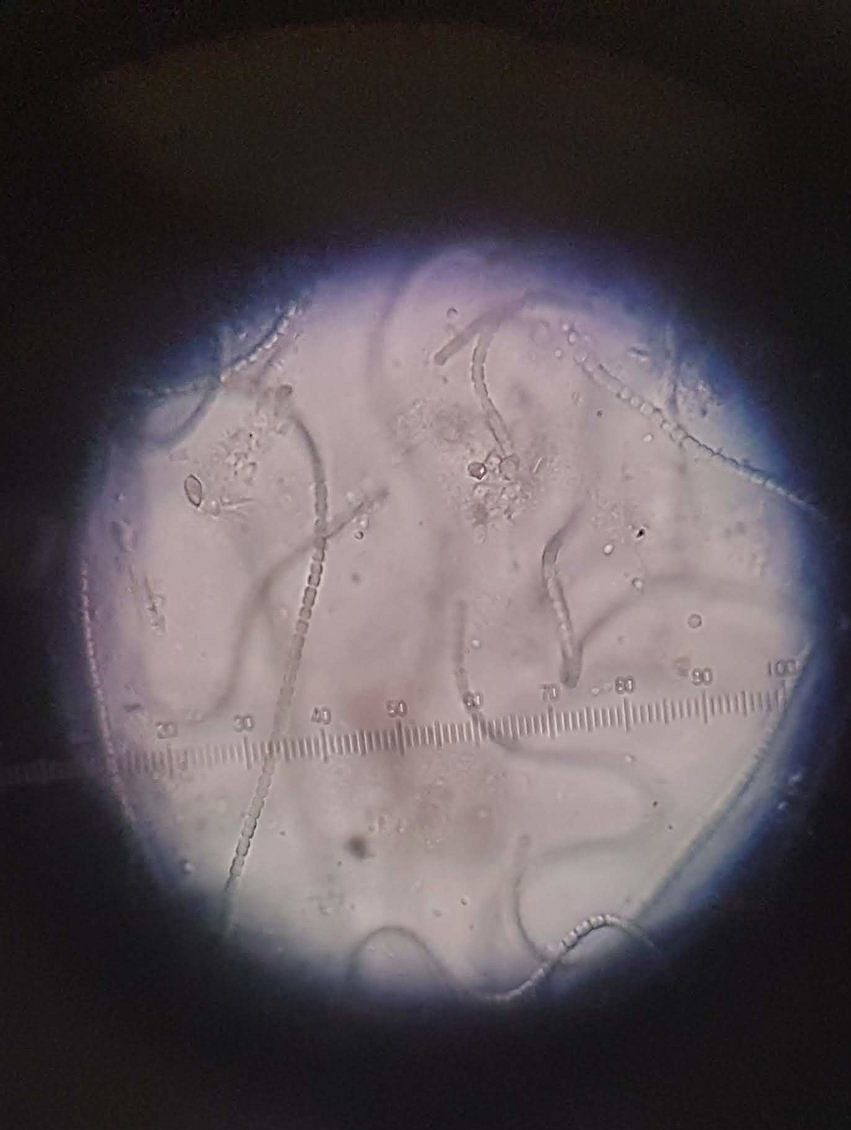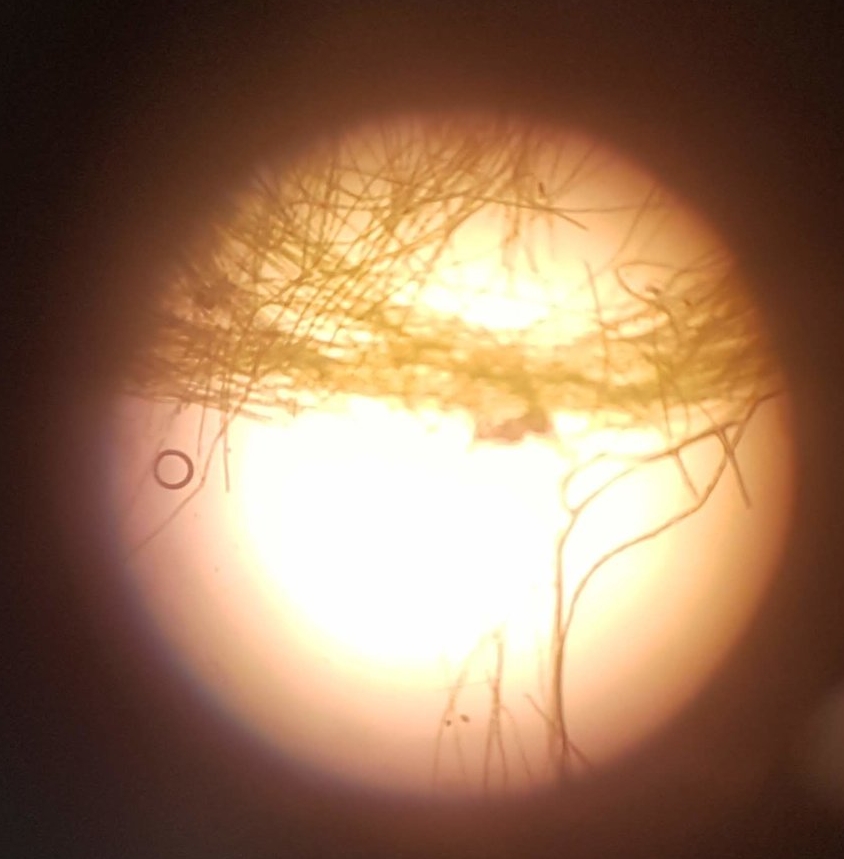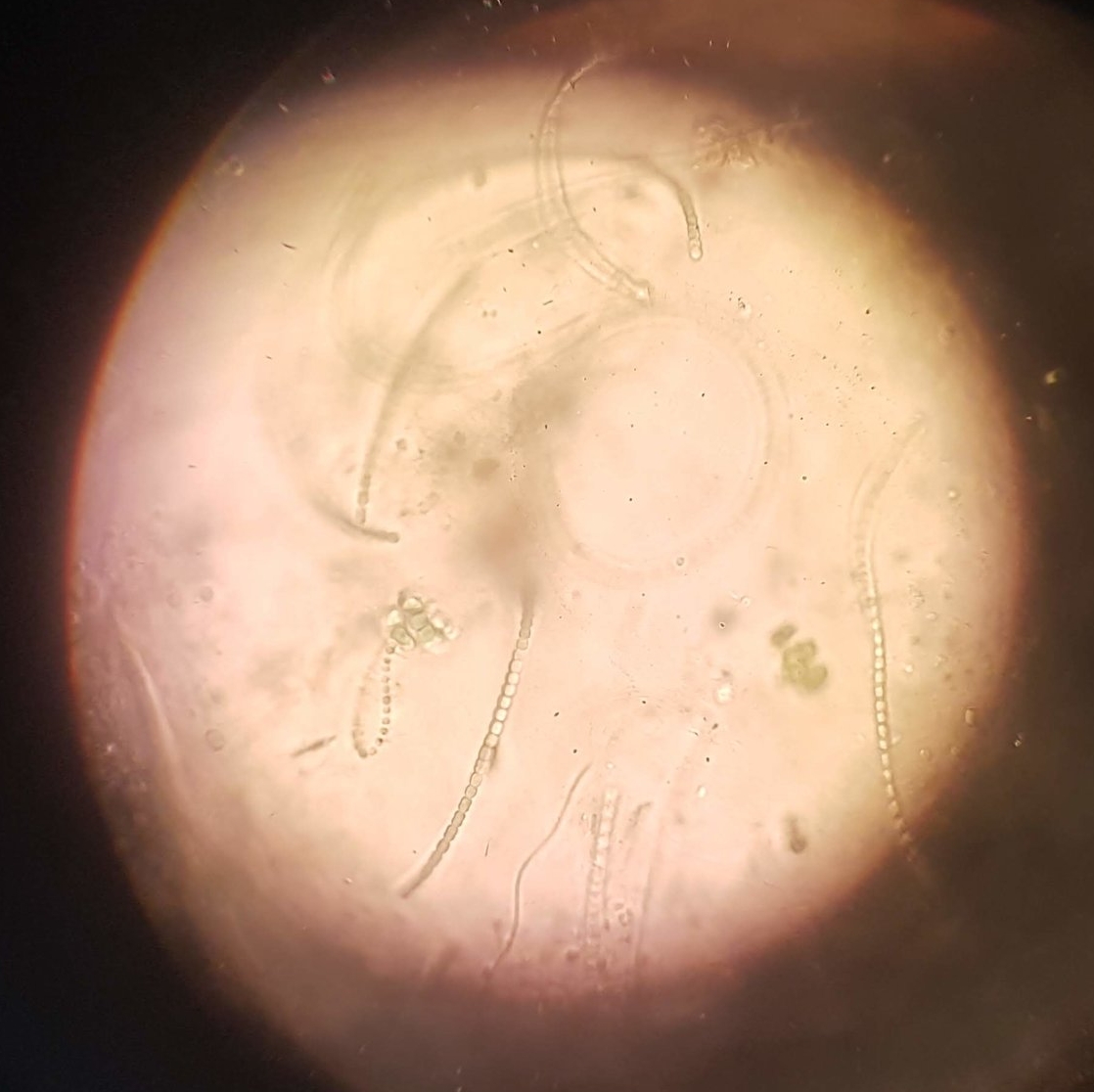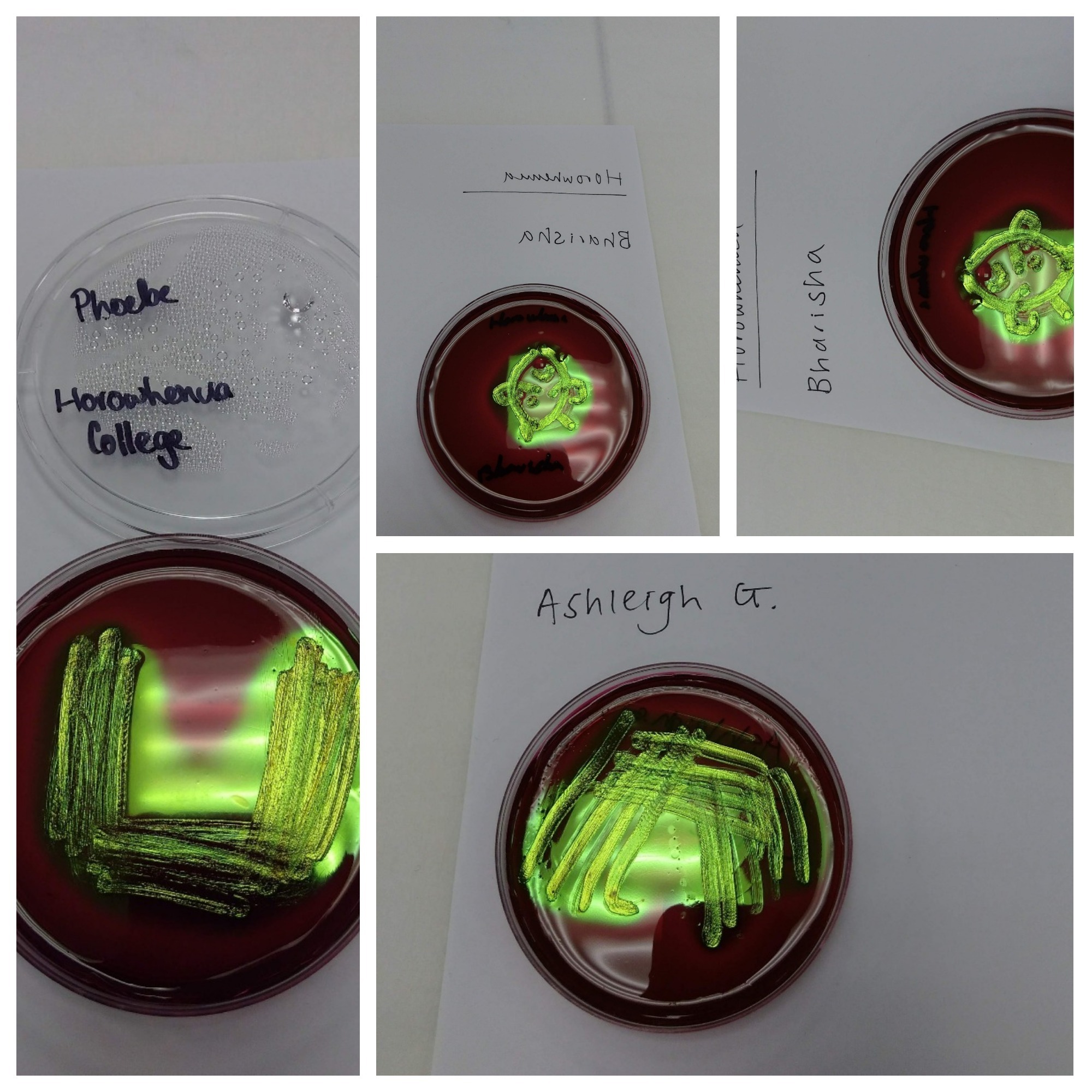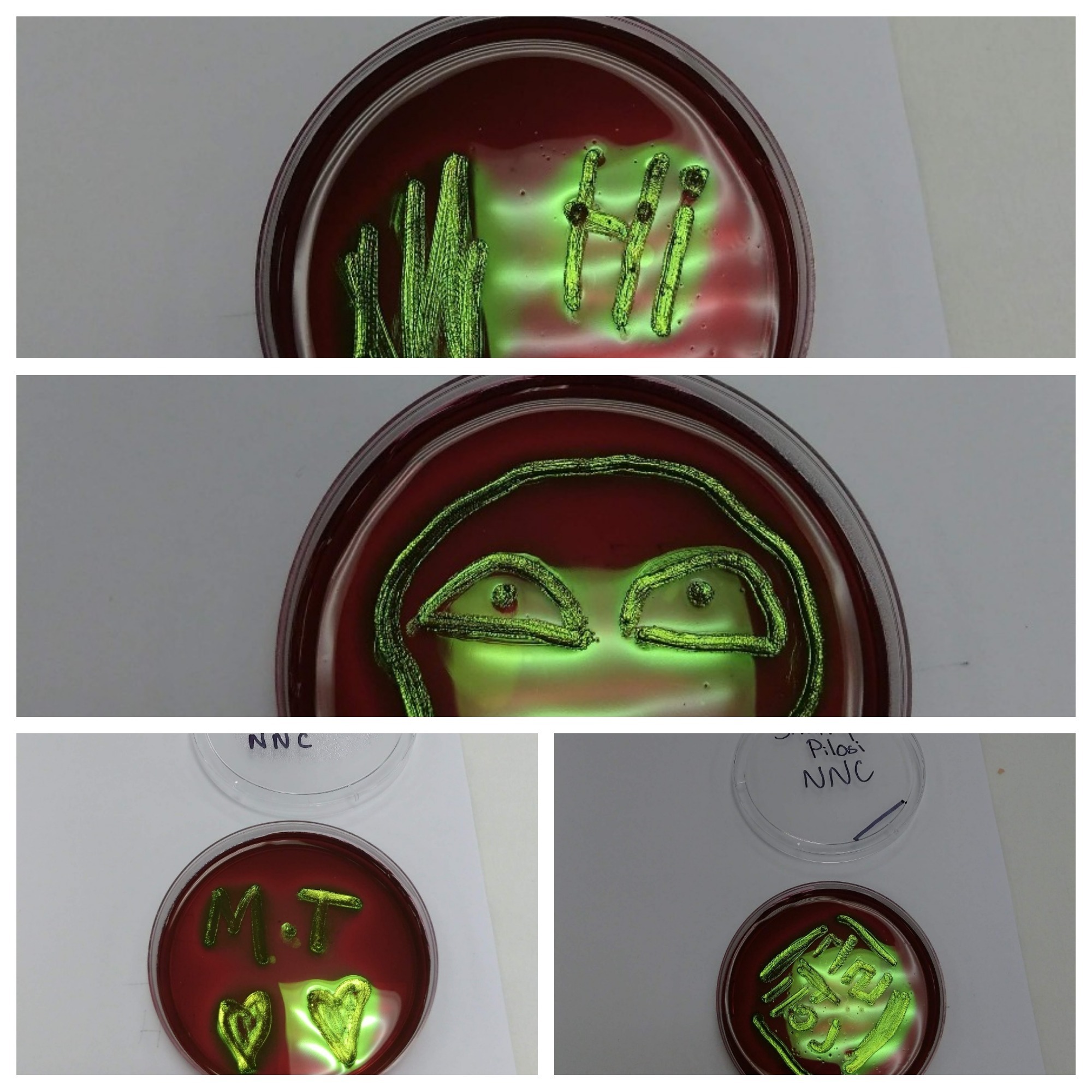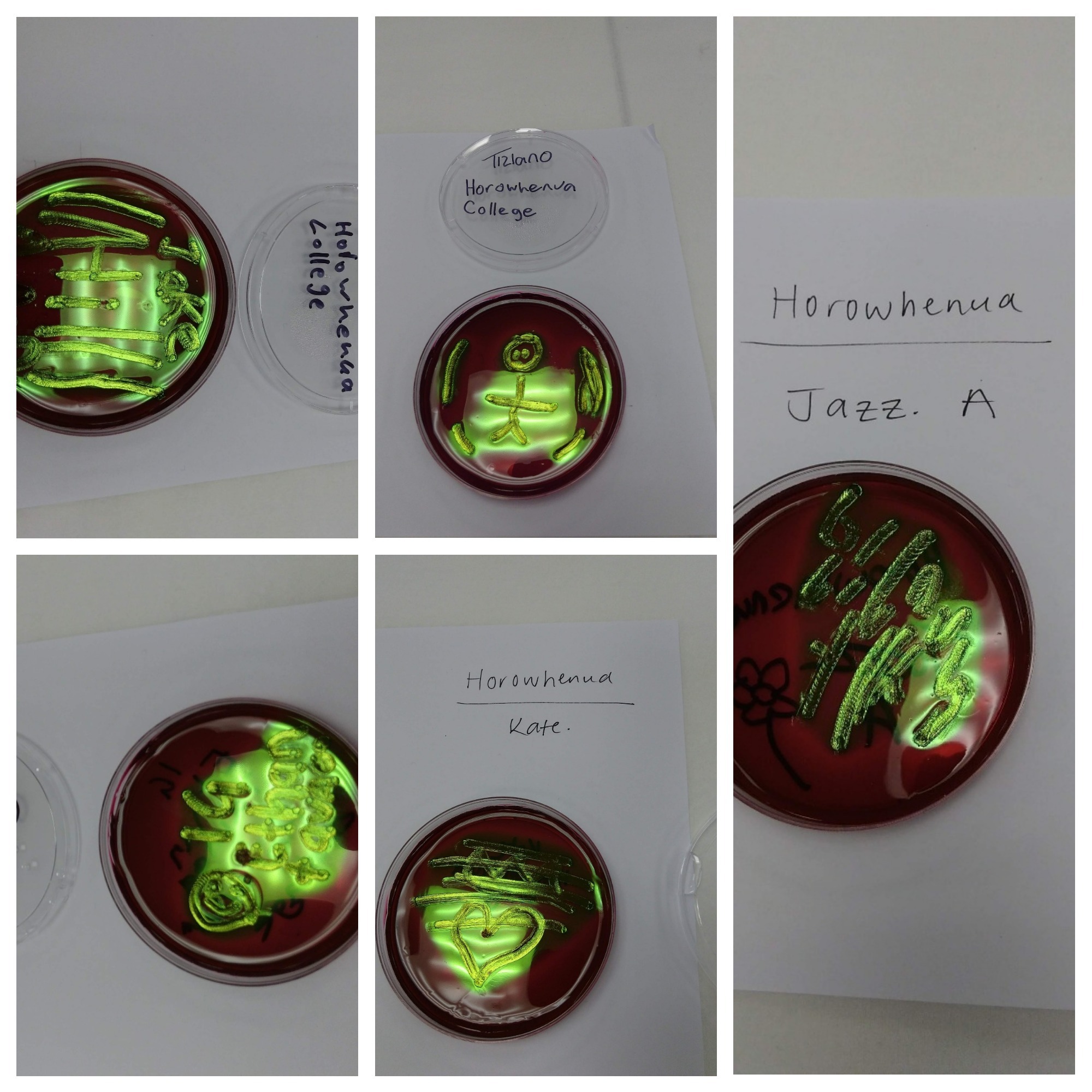Microbial Analysis Upskilling- Victoria University
Wellington and Horowhenua students received another unique opportunity to engage in a hands-on adventure into the world of molecular microbiology - the investigation of prokaryotic and eukaryotic microorganisms, and viruses at the level of DNA, RNA, proteins and other cell molecules.
Associate Professor Ryan -Programme Manager Ecology and Biodiversity, and Biology- School of Biological Sciences, Victoria University of Wellington hosted our group along with assistance from the Te Rōpū Āwhina -the on-campus whanau support for Māori and Pasifika students within the Faculties of Science, Engineering, and Architecture and Design.
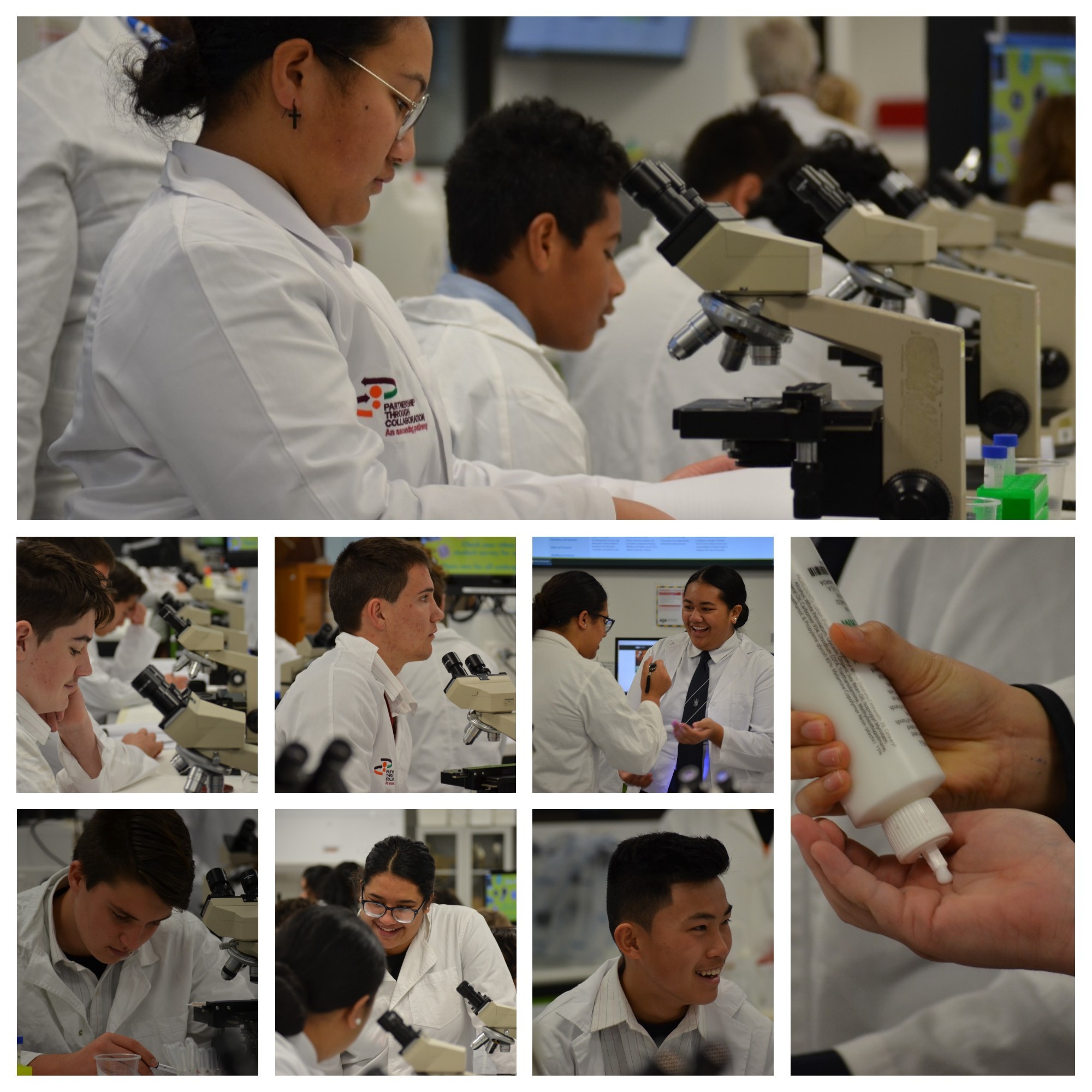
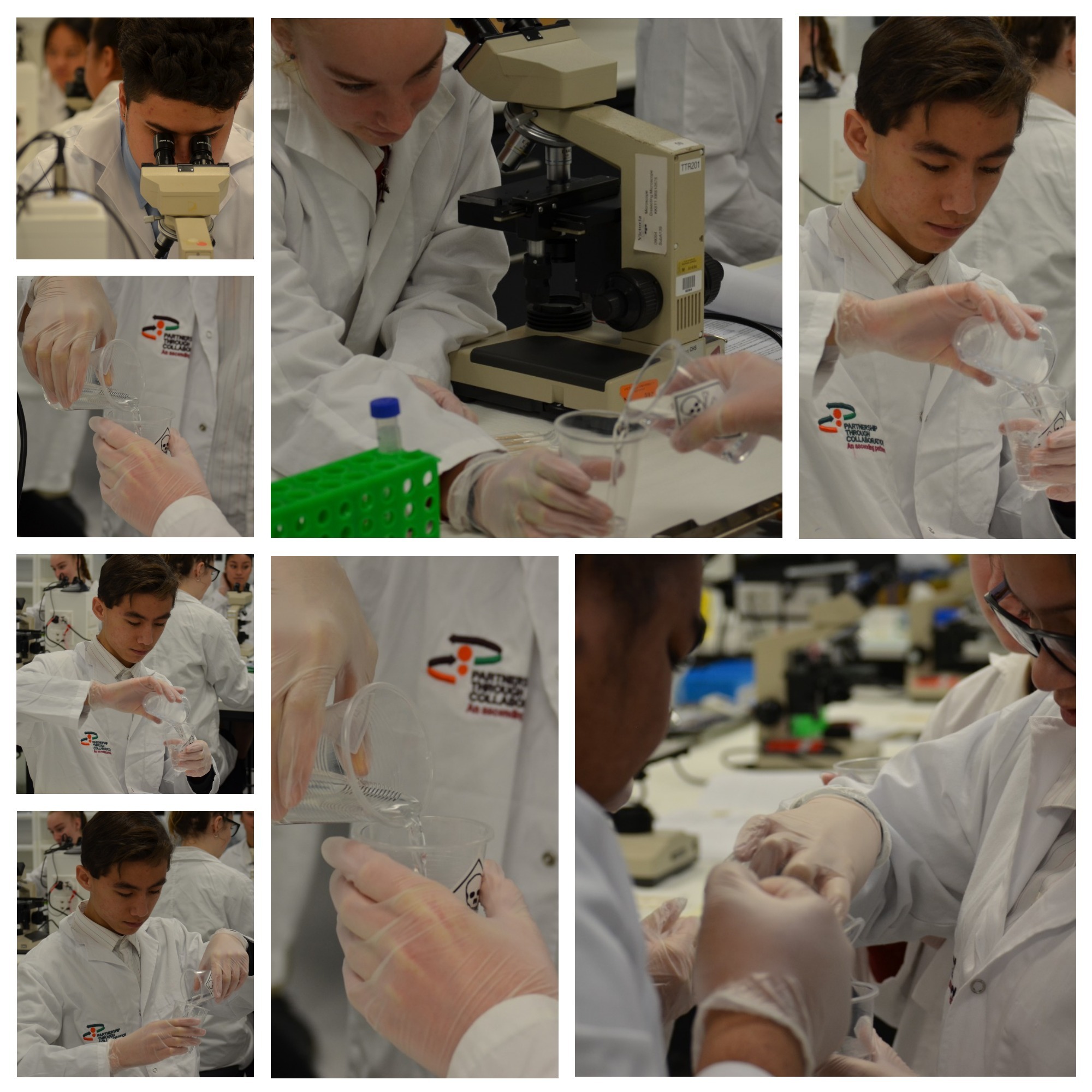
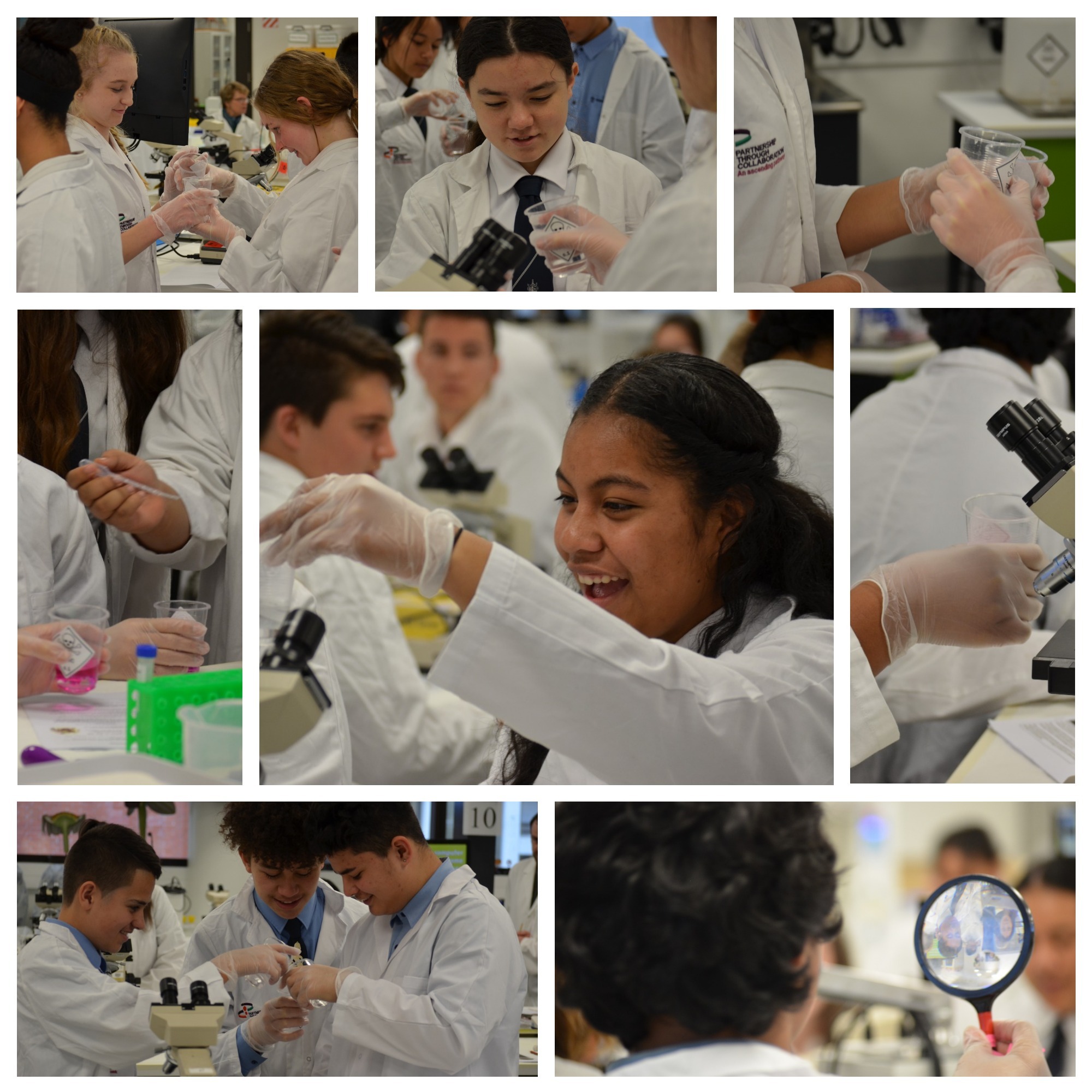
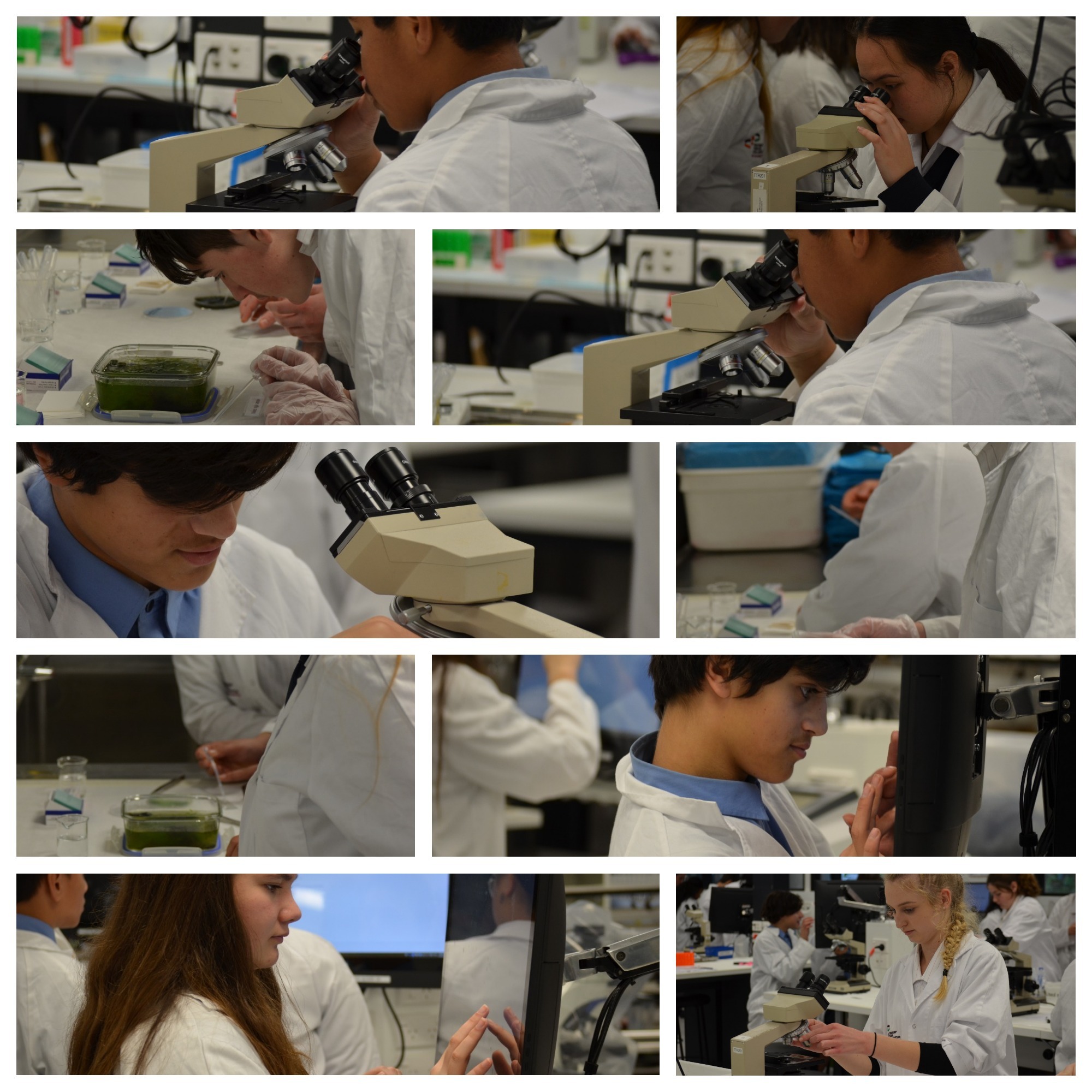
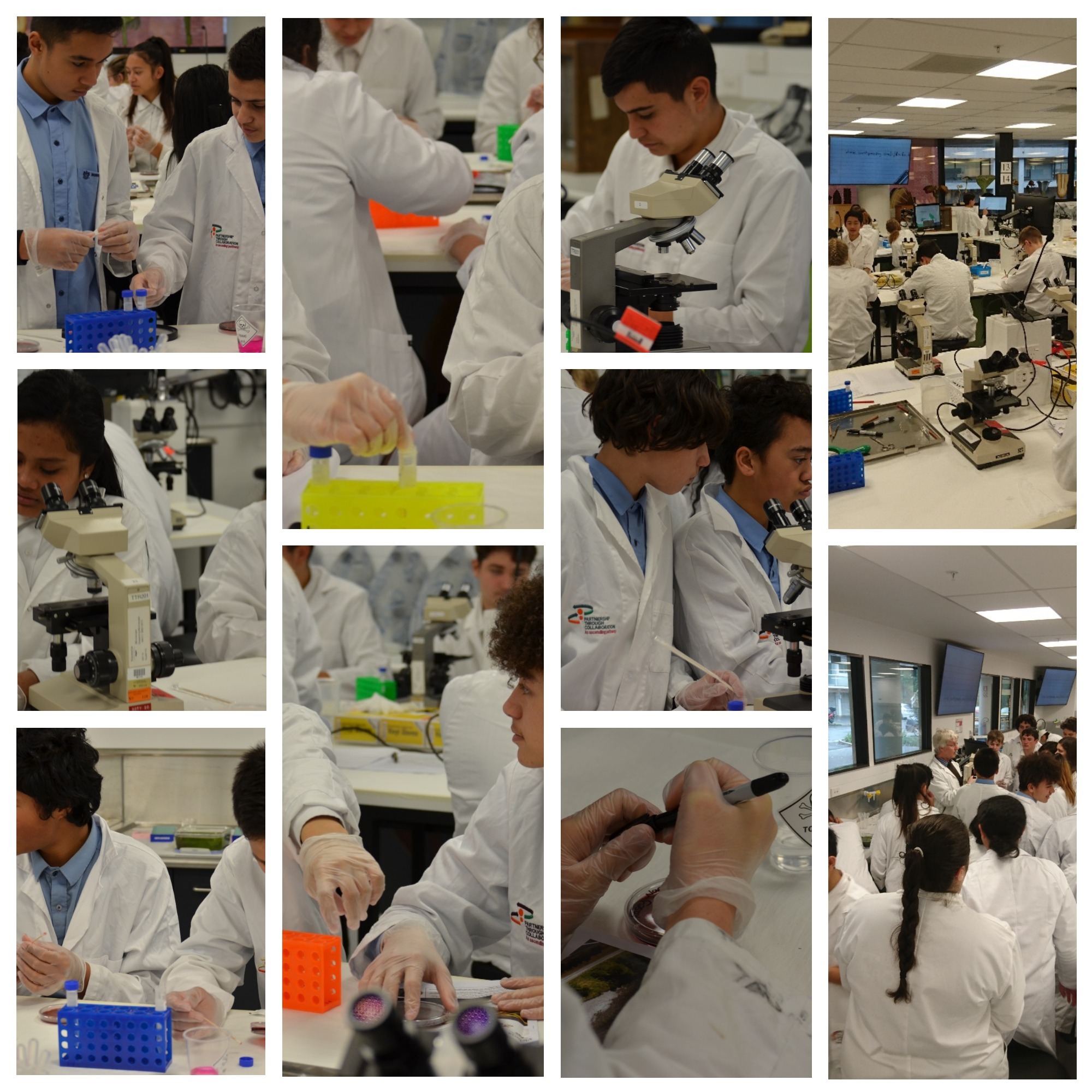
The workshop equipped our rangatahi in identifying and classifying sources of contamination of our rivers and streams across their regions and their effects upon human life. As Dr Ryan explained most Regional Councils test for “indicator organisms” as these provide a warning that there might be other nasty organisms in the water.
Environment Southland, for example, does a series of weekly and long term monitoring to test for such ‘indicator’ bacteria as these bacteria tend to indicate the presence of other disease-causing pathogens (such as viruses and protozoa). Environment Southland classifies the various types they regularly test for:
Escherichia coli or E.coli testing – This is the bacteria that stays alive in freshwater for four to six weeks. E.coli conveys that there has been recent contamination from human or animal waste. All E. coli can make swimmers sick and gives a good indication of how much waste is getting into the water.
Faecal Coliforms – These bacteria live in the digestive tracts of humans and animals. They do not survive long outside of the body. They do multiply in freshwater which can lead to high levels that can make us sick.
Enterococci – E. coli and faecal coliforms don't survive well in salty water, so we look for Enterococci to see if a marine area like a beach or estuary is contaminated. Enterococci are typically only found in human faeces, however, can also enter the water from natural decomposition of animals and plants.
Students had the exciting opportunity to conduct their own coliform testing of a local river sample. They intently got to work as future microbiologists, whilst enjoying the process of becoming very precise and deliberate.
The coliform testing necessitated culturing a small sample over 24hours on a special agar culture plate. Most bacteria can’t grow on this agar but coliform bacteria do, turning a metallic green colour.

